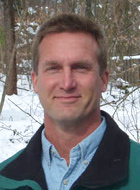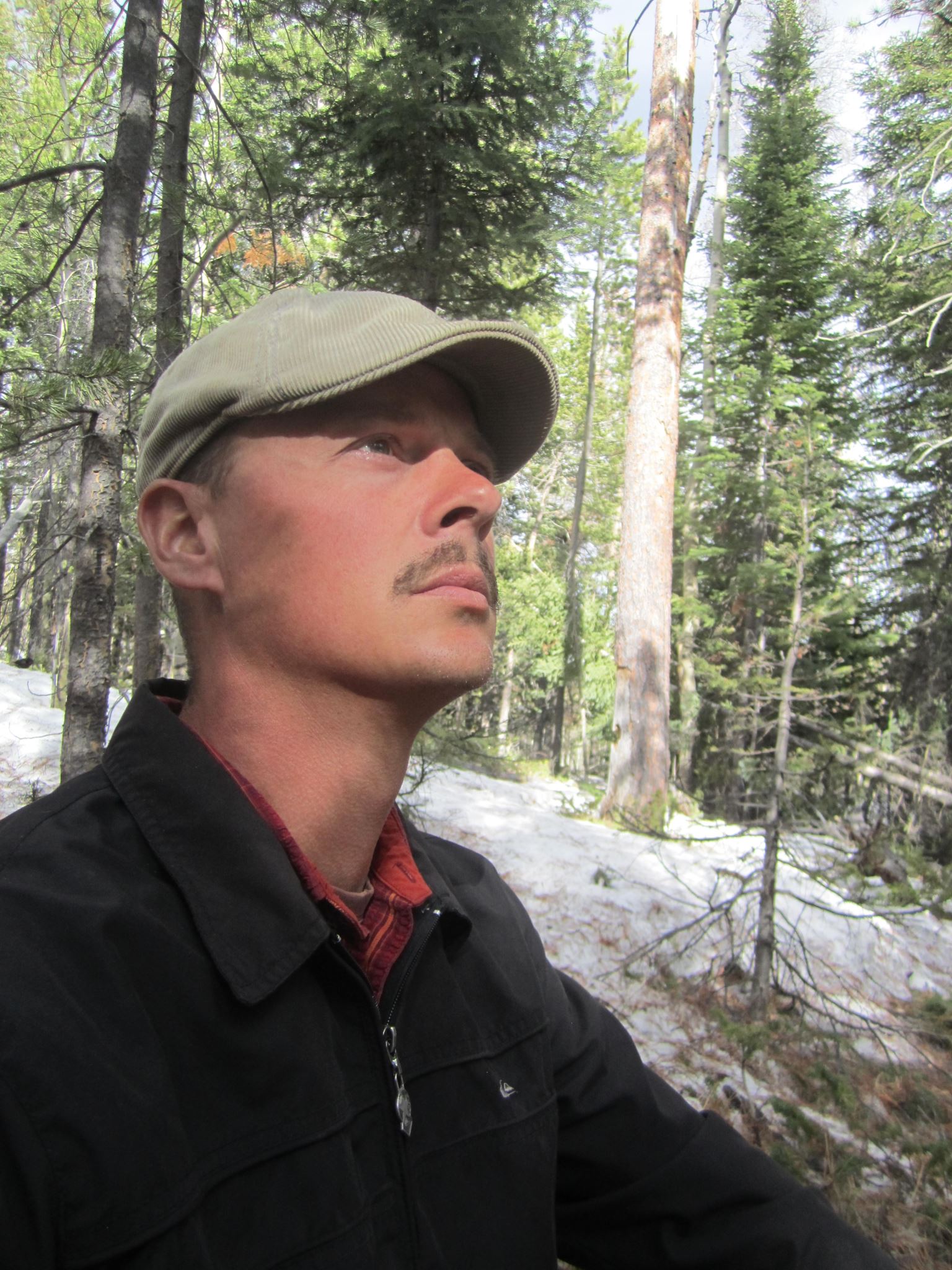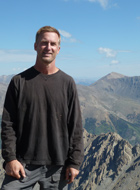Tag Archive for: Four Seasons

Rediscovering the Place of Nature
NatureMay 7, 2014
By Martin Ogle Martin Ogle recently lead the weekend program"Engaging the Rhythms of our Living Earth" and is one…
by admin0 comments
Deepening Our Connection: SMC’s Land Steward on the Four Seasons Program
Life at SMC, NatureMay 7, 2014
By Jared Leveille Jared Leveille is the Land Steward of Shambhala Mountain Center. 2014 is an exciting year…
by admin0 comments
Engaging the Rhythms of Our Living Earth Part 2
NatureFebruary 4, 2014
By Martin Ogle Martin Ogle will be leading Gaia: Engaging the Rhythms of Our Living Earth, March 21-23 In the…
by admin0 comments
Engaging the Rhythms of our Living Earth Part 1
NatureJanuary 6, 2014
By Martin Ogle Martin Ogle will be leading Gaia: Engaging the Rhythms of Our Living Earth, March 21-23 In…
by admin0 comments